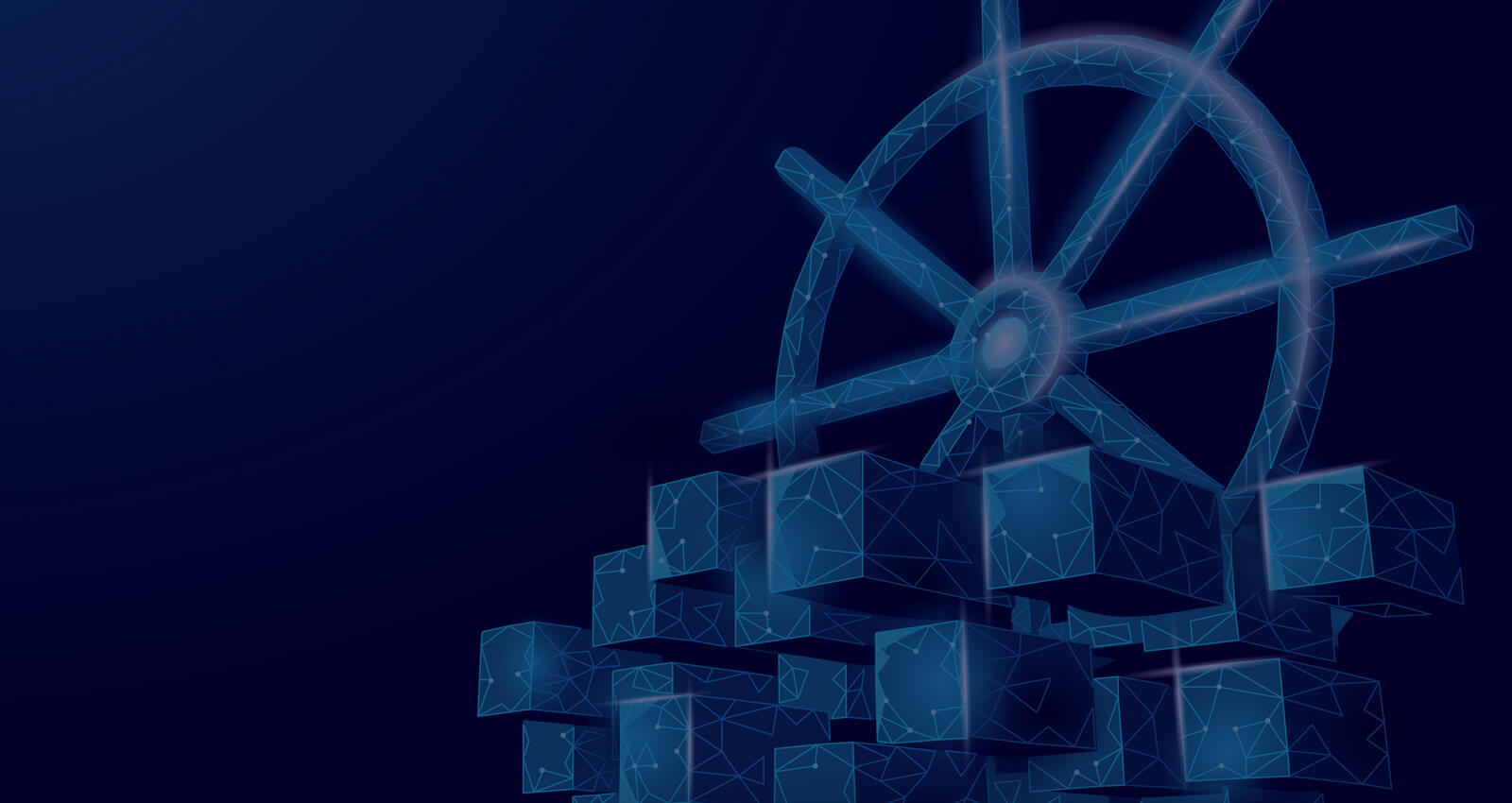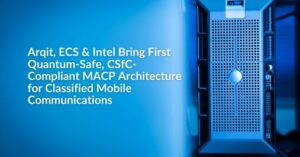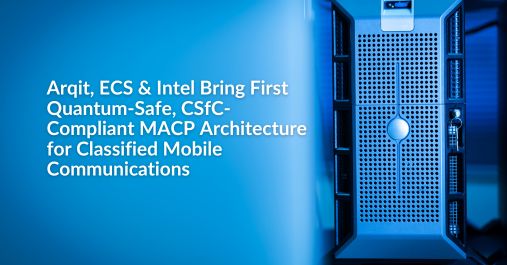Deep learning efficiency is something that concerns anyone working with the technology. That’s probably what led you to click on this article. Why? It’s no secret that deep learning is valuable to business performance, and savvy teams like yours don’t want to miss out.
Another technology that has become a staple of modern computing in recent years is containerization. On the surface, containerization and deep learning may seem quite disparate, but together, they create an infrastructure that can streamline, optimize, and enhance deep learning projects. This article delves into how containerization complements deep learning and provides practical insights into integrating these technologies.
Understanding Containerization
Before we plunge into the specifics of the synergy, let’s quickly define containerization. Containers are lightweight, standalone, and executable software packages that encapsulate a piece of software in a complete filesystem. The resulting environment includes everything the software needs to run: code, runtime, system tools, libraries, and settings. Additionally, containers are isolated from each other and the host system. Docker and Kubernetes are prominent tools that have popularized containerization.
What Benefits Does Containerization Provide for Deep Learning?
Again, we come back to efficiency. Factors that kill efficiency include duplication of effort, breakthroughs that can’t be repeated, and broken and clunky applications. How does containerization solve these problems?
- Reproducibility. With complex setups involving numerous libraries and dependencies, recreating the exact environment for model development and deployment is challenging. Containers wrap up the environment settings, ensuring the model behaves consistently, regardless of where the container is run.
- Environment isolation. Building deep learning models often requires specific versions of libraries, which can conflict with other projects. Containers isolate these dependencies, allowing developers to work on multiple projects without any interference.
- Scalability and deployment. Once a model is trained, deploying it at scale is the next hurdle. Containers can be easily scaled up or down, making model deployment in production settings more manageable.
- Portability. Containers ensure that the software runs uniformly, irrespective of the environment. This is especially valuable when transitioning from development to production or when sharing models across teams.
Containerization helps data scientists and AI engineers maintain clean working environments that promote efficiency and streamline deployment. What are some ways you can harness these benefits?
Practical Ways To Use Containerization in Deep Learning

In theory, containerization sounds great, but what are some practical ways to use it? Here are just a few.
- Seamless environment setup. Instead of setting up development environments manually, you can create a Dockerfile with all the necessary installations and configurations. That way, anyone can initiate a consistent development environment with a single command.
- Distributed training. Deep learning models (especially large neural networks) benefit from distributed training across multiple GPUs. Tools like Kubernetes can manage and orchestrate container clusters, making distributed training smoother.
- Hyperparameter tuning. Deep learning involves tweaking hyperparameters to optimize performance. You can run multiple containers in parallel, each with a different hyperparameter combination, speeding up the experimentation process.
- Version control for environments: Just as Git tracks code changes, Docker images can be versioned. If you find that a newer library breaks your model, you can quickly revert to a previous container image.
- Continuous integration and deployment (CI/CD) facilitation. Integrating deep learning models into production can be cumbersome due to their unique environmental needs. By placing your model inside a container, CI/CD pipelines can be simplified, ensuring that the production environment mirrors the development one.
Quick Tips for Effective Containerization in Deep Learning
- Always look to reduce the container size by using minimized base images and cleaning up unnecessary files.
- Make sure your container platform supports GPU acceleration. For instance, Docker provides the Nvidia-docker tool to run containers with NVIDIA GPU support.
- Integrate volumes with your containers to persist and manage data. While containers are stateless, deep learning workflows often require state, especially when saving model weights.
- Monitor and allocate appropriate resources (CPU, GPU, memory) to your containers to avoid system bottlenecks.
- Ensure your images are sourced from trusted repositories and regularly update them to incorporate security patches.
Combine Technology With Hardware for Maximum Deep Learning Efficiency
The fusion of containerization and deep learning is a testament to how modern technologies can intersect to provide robust, scalable, and efficient solutions. By integrating containerization practices into your deep learning workflows, you can achieve enhanced reproducibility, scalability, and efficiency.
Another way you can boost deep learning productivity is by carefully selecting computing hardware. Our team can help you choose components that align with your deep learning goals while maximizing ROI. Learn more with a free consultation today.








